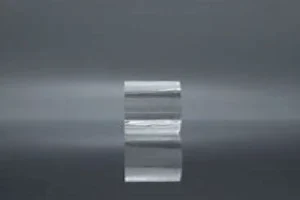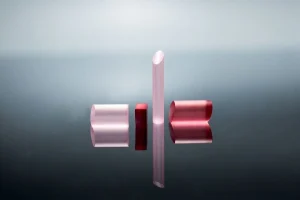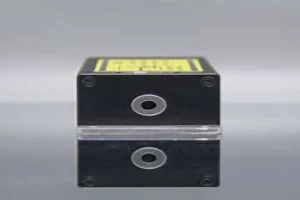Introduction
In the world of high-power lasers, the efficiency and output power are directly linked to the laser medium used. Today, we spotlight three popular crystals, Yb:YAG, Yb:KGW, and Yb:CaF2, examining their unique attributes, benefits, and applications.
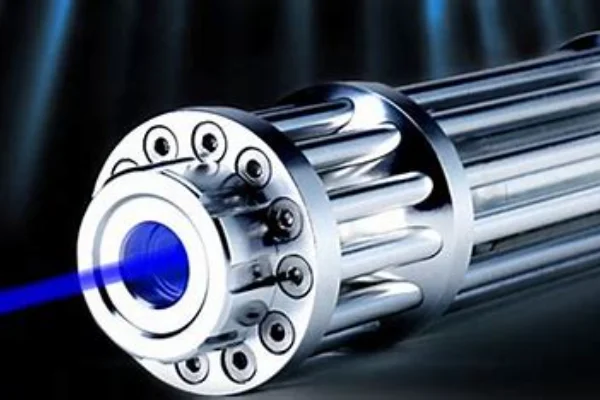
Deep Dive into Yb:YAG
With its high thermal conductivity, Yb:YAG boasts a crucial advantage in high-power laser operations. This is mainly due to its superior heat management, with heat distribution evenly spread over the surface of the crystal. It quickly dissipates heat, reducing the risk of thermal lensing and consequent deterioration in beam quality.
The efficiency of Yb:YAG as a laser medium comes from its unique composition. The doping of ytterbium ions (Yb) into a Yttrium Aluminum Garnet (YAG) crystal lattice ensures an exceptional thermal performance. This combination offers a melting point above 1900°C, ensuring that Yb:YAG crystals can withstand high temperatures associated with powerful laser operations.
The Yb:YAG crystal also exhibits a high quantum efficiency. Ytterbium ions exhibit only two energy levels, which makes them excellent for laser operations, as it allows a significant percentage of the pumped energy to be converted into laser light. The absence of non-radiative decay mechanisms in Yb:YAG crystal contributes to the high quantum efficiency, minimizing energy losses and enhancing the overall performance of the laser.
In addition to thermal management, the mechanical robustness of Yb:YAG crystals adds to their appeal. They are inherently hard, chemically inert, and exhibit a high damage threshold, providing the laser system with increased durability and longevity. This means that lasers using Yb:YAG as their active medium can run for longer periods, facilitating more extensive applications in sectors such as manufacturing, research, medicine, and defense.
Moreover, the emission wavelength of Yb:YAG at 1030 nm is beneficial in practical applications, especially in material processing. This wavelength offers better absorption characteristics for many materials, leading to a more efficient energy transfer and a cleaner cut or weld.
Another key advantage of Yb:YAG is the broad absorption bands it offers at room temperature. This feature makes it easy to pump the Yb:YAG laser with diode lasers, which are highly efficient, reliable, and have become standard in high-power laser systems. In contrast, many other laser media require narrow absorption lines, which are challenging to match with the emission lines of available pump sources.
In conclusion, the superior thermal management and mechanical robustness of Yb:YAG, along with its unique energy levels and broad absorption bands, make it a prime candidate for high-power laser operations. Whether it’s precision cutting in manufacturing, microscopic examinations in medicine, or advanced research in laboratories, Yb:YAG has proven itself as a reliable and efficient choice for high-power lasers.
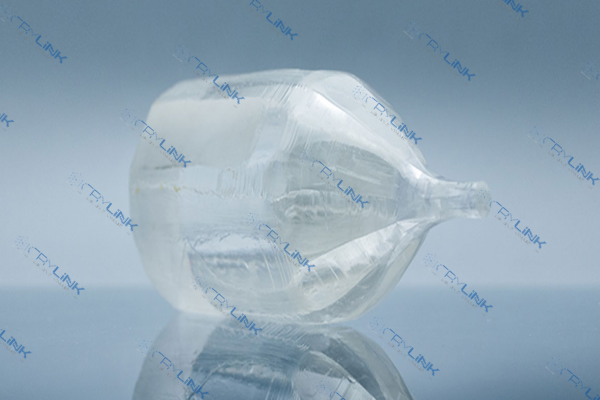
Exploring Yb:KGW Laser Characteristics
Ytterbium-doped Potassium Gadolinium Tungstate (Yb:KGW) stands as an exceptional crystal medium in the arena of high-power lasers. With a structure comprised of potassium gadolinium tungstate doped with ytterbium ions, Yb:KGW is marked by an impressive degree of efficiency and a compelling set of qualities that render it particularly suited for high power, short pulse generation.
One of the defining characteristics of Yb:KGW is its large absorption and emission cross-sections. These factors substantially boost the crystal’s pump absorption, subsequently enhancing its lasing efficiency. When an energy source pumps the crystal, the large cross-sections allow for more light absorption, leading to a higher population of excited ytterbium ions in the crystal. These excited ions then release their energy in the form of light, generating a laser pulse.
Moreover, the large emission cross-sections of Yb:KGW promote the spontaneous emission of photons, which further strengthens the lasing process. This characteristic means that Yb:KGW can generate shorter pulses compared to other laser media, making it ideal for applications requiring high-precision, such as in medical or material processing fields.
When it comes to thermal conductivity, Yb:KGW excels in its category. The crystal’s thermal conductivity surpasses many other laser gain materials, aiding in efficient heat management during high-power operations. This high thermal conductivity ensures that heat generated during laser operation is distributed evenly across the crystal and effectively dissipated. This prevents thermal damage and the onset of thermal lensing, thereby maintaining the beam quality and stability of the laser.
The wide emission bandwidth of Yb:KGW also deserves acknowledgment. It plays a pivotal role in the generation of ultrashort pulses, a feature sought after in many applications like micromachining, ophthalmologic surgery, and ultrafast spectroscopy. This broad bandwidth is enabled by the inhomogeneous broadening caused by the crystal’s disordered lattice structure.
Additionally, Yb:KGW demonstrates a high damage threshold, meaning it can withstand higher energy densities before succumbing to optical damage. This allows it to operate at high output powers while retaining its structural integrity, contributing to the overall robustness and longevity of the laser system.
Further underlining the advantages of Yb:KGW is its long fluorescence lifetime. This longer period allows the energy to be stored within the laser medium for an extended duration before being released, providing a more robust lasing action.
In sum, the unique characteristics of Yb:KGW – its large absorption and emission cross-sections, high thermal conductivity, wide emission bandwidth, high damage threshold, and long fluorescence lifetime – collectively contribute to its utility and effectiveness in high-power, short-pulse laser systems. Whether it’s facilitating precise medical procedures or enabling complex material processing tasks, Yb:KGW continually proves its worth as a powerful and efficient laser medium.
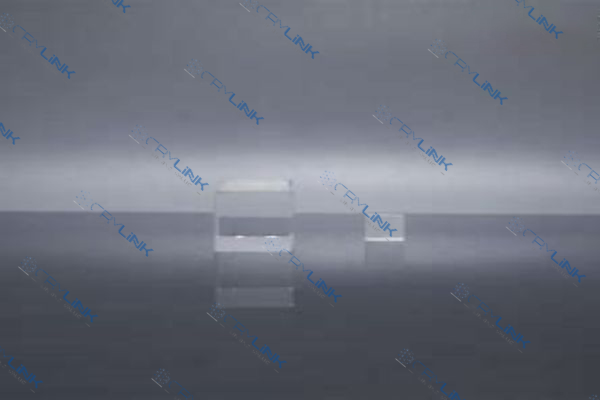
Yb:CaF2 and its Marked Influence
At the forefront of laser technologies, Ytterbium-doped Calcium Fluoride (Yb:CaF2) has become an influential player. Appreciated for its excellent thermal management and broad emission spectrum, Yb:CaF2 is a laser medium that provides an exceptional blend of characteristics for high-power applications.
Yb:CaF2 distinguishes itself through its superior thermal management, which is essential for maintaining beam quality in high-power laser systems. The thermal conductivity of Yb:CaF2 is exceptionally high, allowing for an efficient and even distribution of heat within the crystal. This property becomes crucial during high-power operations when significant heat generation can affect beam quality and overall system performance. By swiftly dissipating this heat, Yb:CaF2 ensures the system continues to operate efficiently, even under demanding conditions.
Alongside thermal conductivity, Yb:CaF2 also boasts an excellent thermal shock resistance. This means that the crystal can withstand sudden temperature changes without cracking or becoming damaged, a crucial feature for high-power lasers that experience rapid heating and cooling cycles. As a result, the crystal’s integrity is preserved, and the laser system’s lifespan is prolonged, permitting extended operational hours.
Moreover, the long fluorescence lifetime of Yb:CaF2 significantly contributes to the laser’s high efficiency. This characteristic means that once pumped, the crystal can store energy for extended periods before releasing it as laser light. This energy storage capacity enables a more stable lasing process and optimizes the system’s overall efficiency.
The versatility of Yb:CaF2 also manifests in its broad emission spectrum. This unique feature facilitates the generation of short pulses, making Yb:CaF2 a fitting choice for systems requiring high precision, such as micromachining or medical applications. The broad emission spectrum also supports the crystal’s ability to operate efficiently over a wide range of temperatures, increasing its applicability across diverse operating conditions.
Furthermore, Yb:CaF2 crystals exhibit low loss at the 1 µm wavelength, significantly improving their laser efficiency. This low loss translates into a higher output power, as less energy is lost to undesired processes. This is particularly valuable in applications such as laser cutting and welding, where high power and precision are paramount.
Summarily, Yb:CaF2’s impressive blend of properties – from its superior thermal management and long fluorescence lifetime to its broad emission spectrum and low loss at the 1 µm wavelength – showcases its outstanding capabilities as a high-power laser medium. In industries where power and precision are key, Yb:CaF2 has marked its presence as a versatile, reliable, and efficient choice.
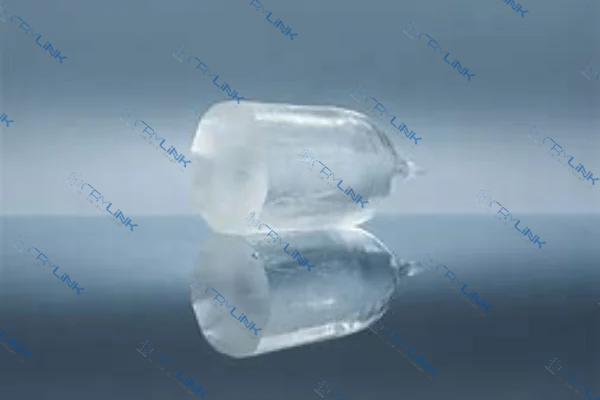
Application Domains of High-Power Lasers
Precision Laser Cutting
The characteristics of these three laser crystals make them apt choices for laser cutting. They allow for precise, efficient cuts in various materials, adding to the efficiency and speed of manufacturing processes.
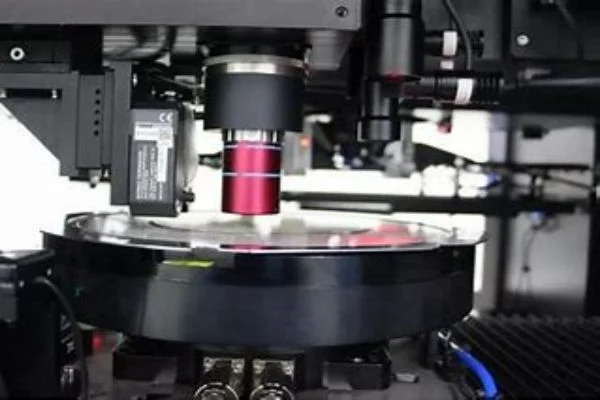
Laser Welding Applications
The high-power lasers from Yb:YAG, Yb:KGW, and Yb:CaF2 are frequently used in welding, enabling seamless joining of materials. Their use guarantees a reduction in wastage and increased welding speeds.
Material Processing and Its Revolution
The power and precision offered by these lasers transform the material processing landscape. Whether it’s etching, marking, or surface modification, the potential applications are widespread.
Conclusion
The world of high-power lasers is a vast domain, and Yb:YAG, Yb:KGW, and Yb:CaF2 crystals are pillars that support this industry. Their unique attributes and vast application areas underline their importance in advancing laser technologies.
Frequently Asked Questions
- 1. What makes Yb:YAG crystals unique for high-power lasers?
- Yb:YAG crystals stand out due to their high thermal and mechanical robustness, contributing to their high-power laser capabilities.
- 2. How does Yb:KGW contribute to efficient laser operation?
- The high absorption and emission cross-sections of Yb:KGW make it efficient for high-power, short pulse generation.
- 3. What are the thermal management properties of Yb:CaF2?
- Yb:CaF2 offers superior thermal management through its unique thermal properties, which contributes to high efficiency.
- 4. Why are these crystals used in laser cutting?
- The precision and efficiency of lasers using Yb:YAG, Yb:KGW, or Yb:CaF2 crystals allow for accurate, clean cuts in various materials.
- 5. How do high-power lasers transform material processing? High-power lasers enable precise etching, marking, and surface modification, making them indispensable tools in various industries.


